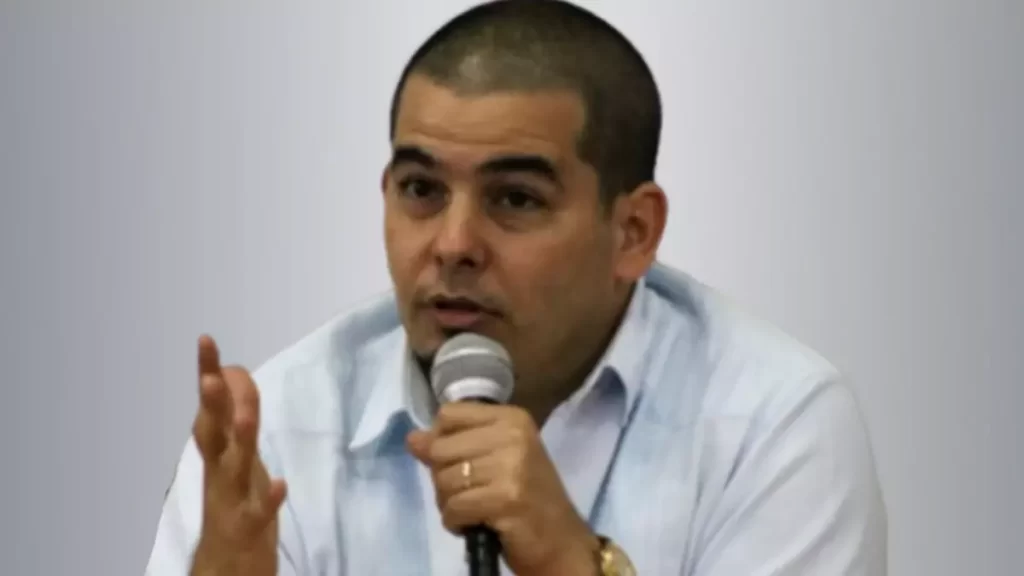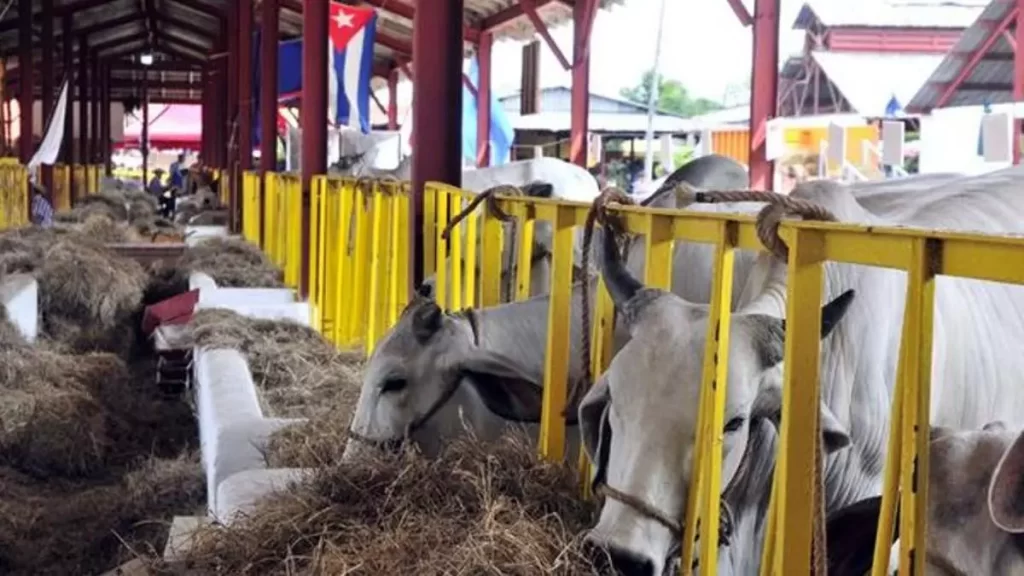Mirta Díaz-Balart lived in Madrid and was the mother of “Fidelito” who committed suicide in 2018

![]() 14ymedio, Havana, July 6, 2024— Mirta Díaz-Balart, ex-wife of Fidel Castro and mother of their first child, died on Saturday in Madrid at the age of 95. Her grandson, Fidel Alejandro Castro Smirnov, a scientist with ties to the regime and resident of Cuba, announced her death on his X account. Castro Smirnov described his grandmother as “great woman” who retained a certain loyalty to her country and had an “extraordinary story.”
14ymedio, Havana, July 6, 2024— Mirta Díaz-Balart, ex-wife of Fidel Castro and mother of their first child, died on Saturday in Madrid at the age of 95. Her grandson, Fidel Alejandro Castro Smirnov, a scientist with ties to the regime and resident of Cuba, announced her death on his X account. Castro Smirnov described his grandmother as “great woman” who retained a certain loyalty to her country and had an “extraordinary story.”
Born in Havana in 1928 and divorced from Castro in 1955, Díaz-Balart was a member of one of the most prominent families in pre-Castro Cuba. She studied philosophy and literature at the University of Havana where she met Castro, who was studying law. They honeymooned in Miami and New York in 1948. A year later their son Fidelito was born. He suffered from severe depression and committed suicide in 2018 in circumstances that remain murky.
The Díaz-Balart family was, and still is, deeply involved in politics. Mirta’s father, Rafael José Díaz-Balart, was mayor of Banes, a town in Holguín province where Cuban dictator Fulgencio Batista was born. His brother Rafael was a member of the Cuban legislature from 1952 till 1956 and served in the Cuban government. He was opposed to Castro’s failed assault on the Moncada barracks and came to regret the amnesty the Batista government granted Castro and his comrades. Mirta’s nephews Mario and Lincoln have both served as Republican members of the U.S. House of Representatives. continue reading
As his wife, Mirta was one of the few people allowed to visit Castro in prison. They separated, she said, not only because of his revolutionary activities but also because of his affair with the celebrated Naty Revuelta, who was also married at the time. Together, he and Revuelta had a daughter, Alina Fernández.
Castro and Mirta separated not only because of his revolutionary activities but also because of his affair with the celebrated Naty Revuelta
After her divorce, Díaz-Balart traveled to Mexico to gain custody of Fidelito, who was living with his father in exile. He did not see his father again until 1959. Mirta remarried in 1956, this time to Emilio Núñez Portuondo, son of a former Cuban ambassador, with whom she had several children. She moved to Spain with her new family after Castro came to power but was forced to leave her son behind in Cuba.
One of the daughters from her second marriage, Mirta Núñez Díaz-Balart, holds the Chair of Historical Memory at the Complutense University of Madrid. She has said in interviews that, on several occasions, she has had to clarify that she is neither a daughter nor stepdaughter of Fidel Castro. She is a historian who has written critically of the regime of Spanish dictator Francisco Franco and was in charge of drawing up a list of controversial street names from the Franco era with the aim of changing them.
In one of those interviews, Núñez Díaz-Balart said her mother was living on Alonso Cano Street in Madrid and that her father had been fervently anti-Castro. During a trip to Cuba in 2006, she said she received a phone call from her half-brother Fidelito, who informed her of a delicate operation that the Cuban dictator would undergo that year, whose outcome would have been fatal without the intervention of a surgeon from the the Madrid Health Services.
“I have been back to Havana several times to be with my son but I have never gone back to see or talk with Fidel”
Mirta Díaz-Balart herself was interviewed by the Spanish daily “El Mundo” after Castro’s death in 2016. “I have been back to Havana several times to be with my son but I have never gone back to see or talk with Fidel,” she said at the time. She told the interviewer that she prayed for the repose of his soul but that she thought of her marriage to him as “something long ago,” as something from her “youth.”
Largely forgotten after being fired from official positions by his father and his subsequent suicide, the name of Fidel Ángel Castro Díaz-Balart and that of his mother are taboo in Cuban state media. His grandson, Fidel Alfonso Castro Smirnov, a professor of nuclear physics in Havana, has taken it upon himself to reframe his family’s history, steadfastly claiming on his X account that both his father and grandmother remained loyal to Fidel Castro.
For example, he often posts family photos featuring both Fidelito and Mirta with Raúl Castro but never with Fidel. It is said that it was Raúl who organized Mirta’s visits to the island and facilitated Mirta’s sporadic meetings with the Cuban strongman. In family photographs posted by Castro Smirnov, it is Raúl — not his absent brother — who plays the role of paterfamilias.
Castro Smirnov often posts family photos featuring both Fidelito and Mirta with Raul Castro but never with Fidel
Castro’s “ill-fated heir” was buried in a mausoleum belonging to the Cuban Academy of Sciences, in a tomb of dark granite that is the color of red wine, as this publication recently reported.
Castro Smirnov takes the intersection of his family history and the legacy of Fidel Castro to convulsive extremes. He praises his grandfather Fidel’s physical survival, his strength (stronger than nuclear arms), his dynamism, his coolness, his light (the most beautiful and intense), his movement, his magnetism. . . all this, according to the young scientist, will endure after his death because, as he writes, “physics is everything.”
On Saturday, he posted a similar message — “death is not her end” — dedicated to his grandmother, Mirta Díaz-Balart.
____________
COLLABORATE WITH OUR WORK: The 14ymedio team is committed to practicing serious journalism that reflects Cuba’s reality in all its depth. Thank you for joining us on this long journey. We invite you to continue supporting us by becoming a member of 14ymedio now. Together we can continue transforming journalism in Cuba.
























